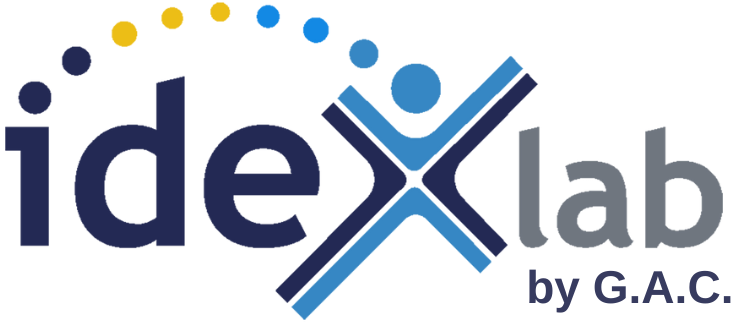Open Innovation & New Treatments
We were curious to see what results could result from a study of Open Innovation in the pharmaceutical industry applied to the identification of new molecules for therapeutic indications. The pharmaceutical sector has been a pioneer in Open Innovation and invests considerably in the discovery of new molecules.
What are the specificities of the pharmaceutical sector in terms of innovation?
Indeed, these investments require considerable resources in terms of time, money and human resources. Many years pass – often 10 or more – between the testing of new molecules and the development of a drug, involving many tests, studies and very heavy investments (up to €1 billion).
Medication needs are increasing due to several factors such as an ageing population, therapeutic advances combined with a better understanding of the human body, the emergence of new diseases, an increase in long-term illnesses and, finally, easier access to healthcare services in many countries.
However, the pharmaceutical industry faces significant challenges. One of them is to be able to discover new drugs with very short lead times. The figures from LEEM (the professional organisation of pharmaceutical companies operating in France) show it: out of 10,000 targeted molecules we can hope to create 10 medication, only one of which will obtain a marketing authorization from the regulatory authorities (FDA, EMA, etc.)
How can Open Innovation help the pharmaceutical industry innovate faster?
Open Innovation will allow, through different steps, to optimize and facilitate the search for new molecules.
First of all, the project must be well defined with specific indications. Then, a state-of-the-art will identify all relevant publications and experts already working on certain molecules.
An Open Innovation platform such as ideXlab will provide a search engine capable of gathering all relevant information from various sources and focusing on the specificities of the project. A function to extend and interpret research results helps to identify which ones are most relevant.
Finally, the company can select the experts it is interested in and then contact and perhaps establish a partnership. It is also very important to ensure that the intellectual property of both the client and the experts is protected, which must be the subject of specific agreements later in this process. In this exploratory phase, only questions are asked that make it possible to judge the interest of a subsequent connection.
If you want to know more, we recommend you to download this free case study that traces the successful experience of a major pharmaceutical group in its search for new molecules with the ideXlab platform.






